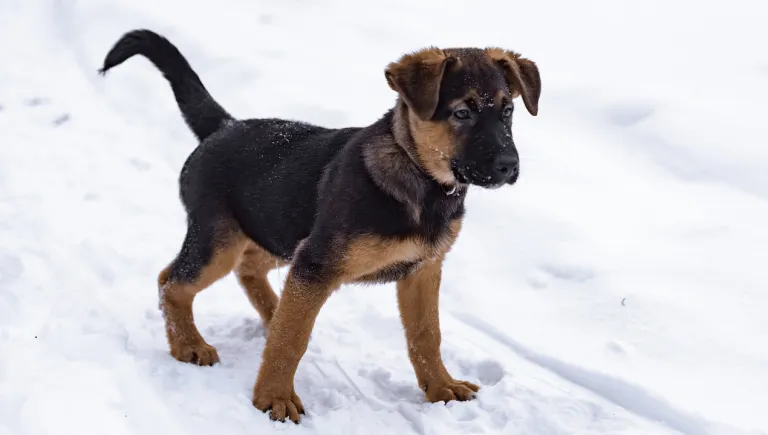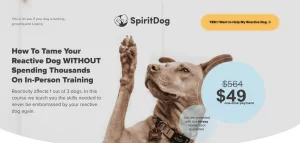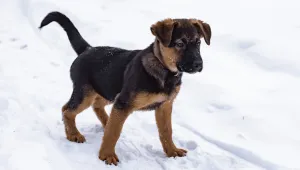Housebreaking a puppy in winter can be a challenging task for dog owners, especially with freezing temperatures and snow-covered yards. Puppies are more reluctant to go outside in the cold, and you might feel discouraged too. But with the right strategies, you can successfully potty train your new furry friend even in the harsh winter months. In this step-by-step guide, we’ll walk you through proven tips to housebreak your puppy in winter while keeping the experience stress-free for both you and your pet.
For a comprehensive guide to everything you need for your puppy, check out the SpiritDog Puppy Program Bundle. This all-in-one course covers not just potty training but everything else your puppy needs to become a well-behaved companion.
Table of Contents
ToggleWhy Housebreaking a Puppy in Winter Is Different
When it comes to housebreaking a puppy, winter poses unique challenges compared to warmer seasons. Puppies, especially those new to outdoor environments, may be resistant to stepping outside into the cold.
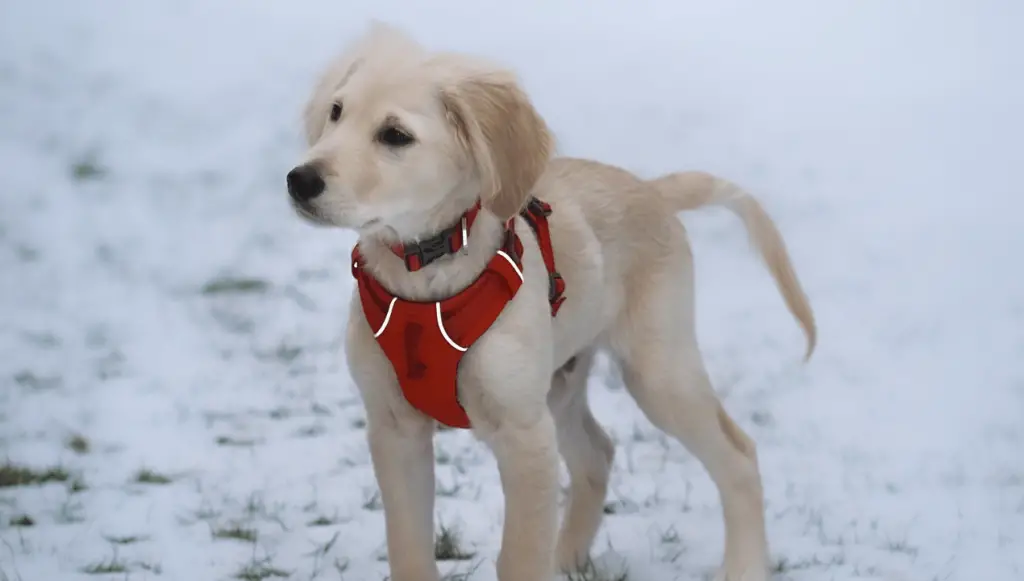
Add in snow, ice, and shorter daylight hours, and the potty training process becomes more complicated. Here’s how you can tackle this issue head-on:
- Create a Safe and Warm Outdoor Potty Area
Shovel a small patch of grass in your yard where your puppy can consistently go. This gives them a familiar spot and avoids confusion. Use a coat or booties if needed to keep your puppy warm and comfortable. Be consistent in bringing your puppy to this designated area. - Stick to a Regular Schedule
Puppies thrive on routine. Regardless of how cold it is, take your puppy outside at regular intervals—after meals, naps, and playtime. The more consistent you are, the quicker they’ll learn. To help you establish the perfect routine, the SpiritDog Mastering Potty Training Course provides step-by-step strategies for smooth housebreaking. - Reward Good Behavior Immediately
Keep treats handy and reward your puppy immediately after they relieve themselves outside. Positive reinforcement is key to quicker learning. Don’t wait until you’re back inside to give praise, as the puppy might not associate it with their outdoor potty success.
Tips to Speed Up Winter Housebreaking
Housebreaking a puppy in winter may take a little longer due to the elements, but with patience and the following tips, the process can be streamlined.

1. Dress Your Puppy Appropriately
If your puppy is small or has a thin coat, consider dressing them in a sweater or jacket during bathroom breaks. Booties can also help keep their paws warm and protect them from icy conditions.
2. Use Potty Pads Indoors (Temporarily)
While consistency is important for outdoor training, using indoor potty pads during severe winter conditions may be a practical short-term solution. However, avoid relying on this too much, as it could confuse your puppy when transitioning back outdoors.
3. Limit Time Outdoors but Stay Consistent
In extreme weather, you don’t want your puppy to stay outside for too long. Take them out just long enough to relieve themselves and then return indoors. Being cold might motivate them to do their business faster, but avoid rushing the process entirely to prevent confusion.
4. Keep Leash Training in Mind
Housebreaking and leash training often go hand in hand, especially in the winter. Guide your puppy to their designated spot using a leash, as this helps create a clear boundary and pattern for your puppy to follow.
For more expert tips on leash training and managing puppy behavior, the SpiritDog Puppy Program Bundle covers everything you need to ensure smooth training.
Avoid These Common Potty Training Mistakes
Many new pet owners make mistakes that can delay their puppy’s housebreaking progress, especially in winter. Here’s what to avoid:
- Skipping Potty Breaks: It might be tempting to skip a trip outside because it’s freezing, but this can delay the housebreaking process.
- Punishing Indoor Accidents: Accidents will happen, especially during winter when your puppy is still adjusting to outdoor potty training. Avoid punishing them, as this can lead to fear and confusion. Learn more in this article does rubbing a dog’s nose in pee work?
- Inconsistent Timing: Be diligent about keeping to your schedule, even in poor weather conditions. Consistency is key to success.
FAQ: Potty Training a Puppy in Winter
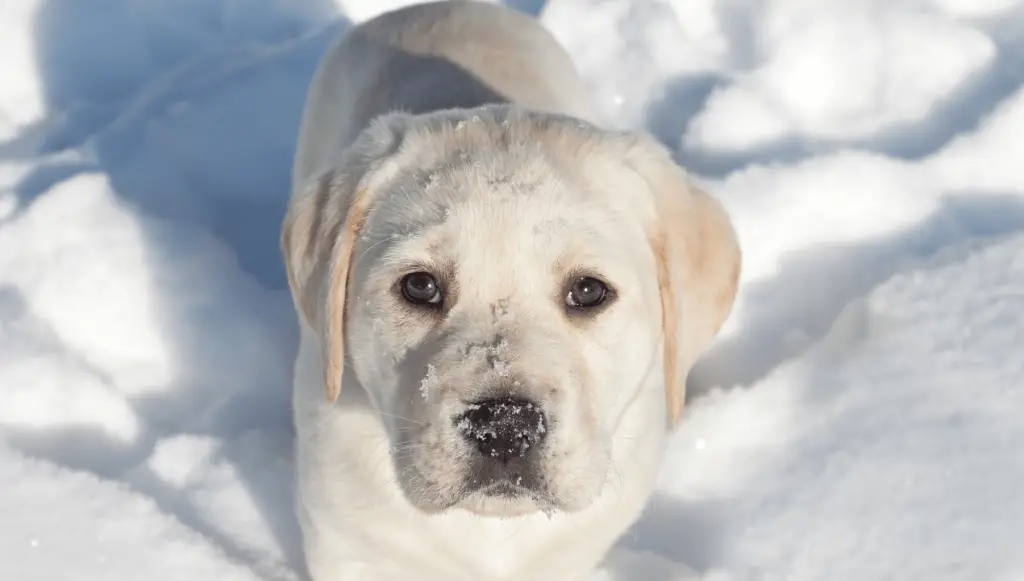
Q1: Is it harder to potty train a puppy in winter?
Yes, potty training a puppy in winter can be more challenging compared to other seasons. The cold temperatures, snow, and ice can make puppies hesitant to go outside, which can slow down the training process.
Puppies, especially those with short or thin coats, may not feel comfortable staying outside long enough to relieve themselves, which can lead to more accidents indoors. However, with consistency, positive reinforcement, and a designated potty area, housebreaking in winter is still very possible.
You can also use temporary indoor potty solutions, such as puppy pads, during extreme weather conditions.
Q2: Is it okay to potty train a puppy in winter?
Yes, it is perfectly okay to potty train your puppy in winter. In fact, it’s important to continue with consistent training even during colder months. Puppies thrive on routine, and skipping outdoor potty breaks because of the weather can confuse them and delay their progress.
The key is to ensure your puppy is warm and comfortable during bathroom trips by creating a designated, shoveled potty area, and possibly dressing your puppy in a coat or booties to keep them warm.
For more tips on preparing for your new puppy, check out our article on Your First Week with a Puppy for helpful guidance on settling in and establishing routines.
Q3: How cold is too cold for dogs to go potty?
The answer depends on the breed, age, and size of your dog. Smaller breeds, puppies, and dogs with short or thin coats are more susceptible to cold temperatures. In general, temperatures below 32°F (0°C) can be uncomfortable for these dogs, especially if there’s snow, ice, or wind involved.
For larger dogs with thicker coats, they may tolerate colder weather better, but it’s still a good idea to limit outdoor potty trips in extreme cold. Always keep an eye on your dog for signs of discomfort, such as shivering, reluctance to walk, or lifting their paws off the cold ground.
If the temperatures drop too low, you can temporarily use indoor potty solutions like puppy pads. According to the American Veterinary Medical Association, cold weather can pose serious health risks to pets, and it’s essential to know your dog’s limits in terms of safe outdoor exposure.
Conclusion: Consistency Is Key for Housebreaking in Winter
Housebreaking a puppy in winter can be challenging, but with consistency, positive reinforcement, and the right outdoor setup, your puppy will quickly learn where and when to go. Remember, patience and persistence are essential, so don’t get discouraged if it takes a little longer due to the cold weather.
For a deeper dive into housebreaking and general puppy training, check out the SpiritDog Mastering Potty Training Course and the SpiritDog Puppy Package. Both provide valuable insights and tips to ensure a smooth, successful training process for your puppy. Get started today and help your puppy become a well-mannered family member!

